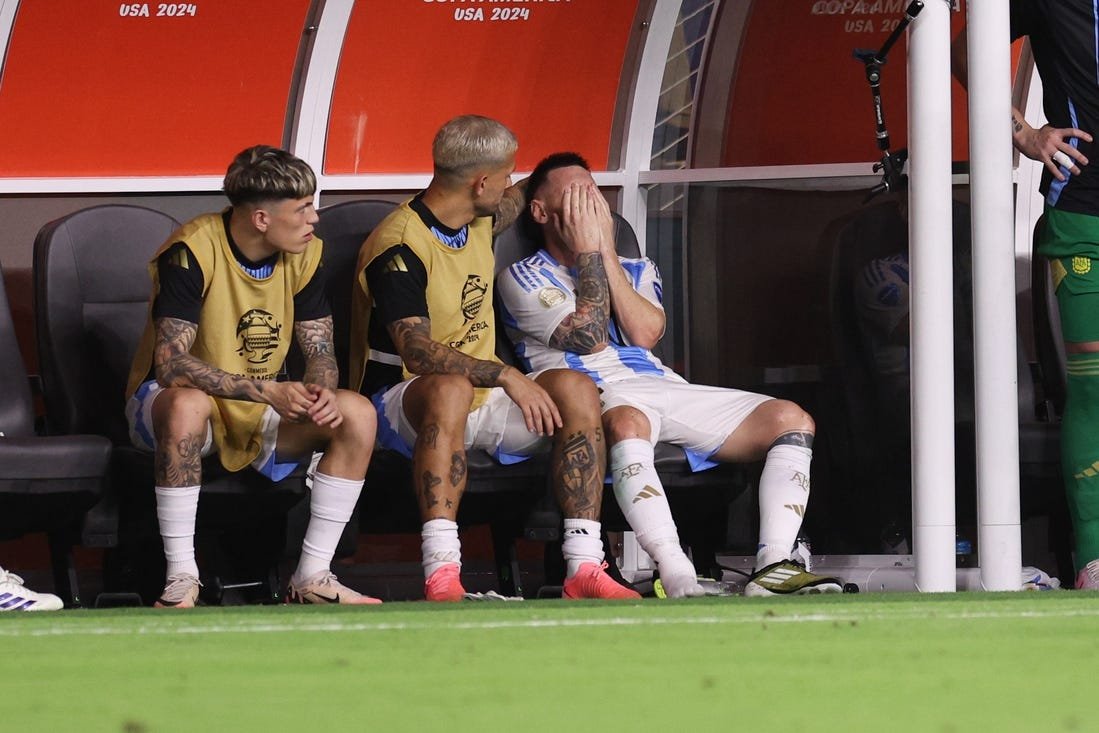A meniscus injury might be the most dangerous of all knee injuries for the simple fact that it’s not treated like a major knee injury. Reigning MVP Joel Embiid just underwent a procedure to repair a meniscus injury in his left knee and will be reevaluated in four weeks, but for someone with his history of ailments, the timeline should fall in a gray area, with the Philadelphia 76ers treating their franchise cornerstone with the same kids’ gloves used in the early days of the Process.
Meniscus injuries have proven to be career-altering for several NBA players in recent years. Lonzo Ball of the Chicago Bulls suffered a torn meniscus a couple of years ago, putting his career in jeopardy. Robert Williams, formerly of the Boston Celtics and currently playing for the Portland Trail Blazers, also experienced a meniscus injury prior to the 2021 NBA playoffs. While he returned for the Celtics’ playoff run, he has since struggled with injuries and has only appeared in 41 games over two seasons.
The impact of meniscus injuries on players’ careers is evident. Brandon Roy, who already had knee issues, tore his meniscus before the 2009-10 playoffs. He returned during the postseason but was out of the league just three years later at the age of 28. These examples highlight the potentially devastating consequences of what may seem like a minor injury.
When sports fans hear about torn ACLs or ruptured Achilles tendons, they understand the severity of the injury and the lengthy recovery time involved. However, there should be similar concern surrounding meniscus injuries due to the mystery surrounding their treatment. The severity and type of tear dictate the appropriate procedure, making it difficult to establish a standard treatment protocol.
According to reports, Joel Embiid underwent an uncomplicated meniscectomy, which involves the surgical removal of the meniscus. The recovery time for this procedure is typically four to six weeks, as stated by the 76ers. On the other hand, meniscus repair surgery has a recovery period of three to six months. In some cases, no procedure is necessary, and the recommended treatment is rest, ice, and ibuprofen.
The wide array of treatment options reflects the complexity of meniscus injuries. From a sports perspective, a recovery period of three to six months is considered a significant injury. Therefore, the Philadelphia 76ers should only rush back Joel Embiid if they believe they have a legitimate shot at a championship. The benefits of postseason play, such as pride and experience, should not outweigh the risk of further damage to Embiid’s knee.
As a Trail Blazers fan, I witnessed firsthand the consequences of a premature return from a meniscus tear with Brandon Roy. His performance during the playoffs was forgettable, and he was unable to meet the demands of being a No. 1 option on the court. The double teams and physical play he faced were too much for a player recovering from a knee injury.
Considering the current state of the 76ers, with a potential drop to the play-in tournament looming, it would be wise to shut down Joel Embiid for the remainder of the season. This would allow the team to focus on improving around the periphery and start the next season with a fully healthy franchise player. While it may be disappointing for fans, it is a necessary step to ensure the long-term success and health of their star player.
In conclusion, meniscus injuries can have significant consequences for NBA players’ careers. The unpredictable nature of these injuries and the variety of treatment options make them a cause for concern. Teams must prioritize the long-term health of their players and make informed decisions about their return to the court. In the case of Joel Embiid and the Philadelphia 76ers, it would be wise to take a cautious approach and prioritize his long-term well-being over short-term gains.





